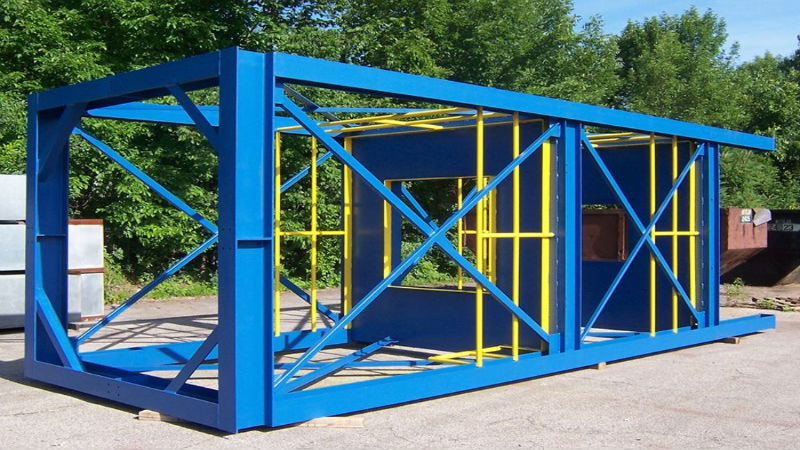Carbonitriding is an important process in metal finishing today, and the carbonitriding furnace plays a vital role. Without this innovative process, many kinds of metal parts would not be possible, or they would be much more expensive. Let’s take a look at carbonitriding and discover why it is so valuable in the industry.
What is Carbonitriding?
The process of carbonitriding is used to increase the hardness of metals by adding atoms of carbon and nitrogen. This creates parts that wear longer and perform similarly to more expensive metals. In other words, it enhances the properties of metal like iron and makes it a cost-effective alternative for some products.
Most carbonitriding methods involve the use of a controlled atmosphere or vacuum carbonitriding furnace. The furnace removes air from the chamber, and it is replaced with gases designed to infuse carbon and nitrogen into the metal. For example, to infuse carbon, natural gas may be used. However, some processes employ endothermic gas. An endothermic gas is created by incomplete combustion of gases like carbon dioxide and hydrogen. Endothermic gases work to reduce or inhibit oxidation, and this is very important for metal finishing.
To infuse atoms of nitrogen, ammonia is usually added to the carbonitriding furnace chamber. The process of carbonitriding includes five important factors:
* Temperature – this is controlled by instruments which constantly monitor temperatures.
* Time in the oven – instead of using a timer system, the processing time is usually controlled by maintaining a specific conveyor belt speed.
* Gas carbon percentage – this is a carbonitriding furnace atmosphere measurement of the ability to apply carbon to the metal. Inside the chamber, O2 sensors provide constant data to the system, and this controls the ratio of air and gas released.
* Ammonia percentage – with the use of flow meters, ammonia gas is monitored and balanced, and this controls the level of nitrogen infusion.
* Part loading – it is important to control how the parts are loaded as this can affect the process as parts enter the furnace. For example, some parts must be placed on racks or stacked in a certain manner for best results.
The Role of the Carbonitriding Furnace
Special vacuum furnaces designed for carbonitriding are essential to the process. Otherwise, there would be no way to control all of the variables in this metal finishing method. The modern carbonitriding furnace is capable of carburizing, carbonitriding, and quenching all within the same system.







